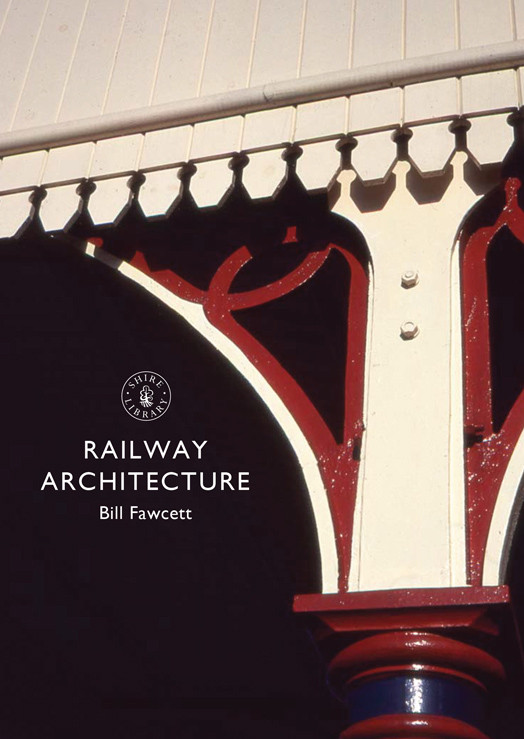

Most ebook files are in PDF format, so you can easily read them using various software such as Foxit Reader or directly on the Google Chrome browser.
Some ebook files are released by publishers in other formats such as .awz, .mobi, .epub, .fb2, etc. You may need to install specific software to read these formats on mobile/PC, such as Calibre.
Please read the tutorial at this link: https://ebookbell.com/faq
We offer FREE conversion to the popular formats you request; however, this may take some time. Therefore, right after payment, please email us, and we will try to provide the service as quickly as possible.
For some exceptional file formats or broken links (if any), please refrain from opening any disputes. Instead, email us first, and we will try to assist within a maximum of 6 hours.
EbookBell Team

0.0
0 reviewsA guide to the architecture that gives British railways their identity, from stations to signal boxes.
Roots of Britain's railways lie in the wooden-railed colliery wagonways of around 1600, but it was almost 1830 before specific railway architecture became needed. This evolved rapidly down to 1850, and for some time afterwards Britain led the world in designing passenger stations. Though stylistic dress followed contemporary fashions, their handling of space and of large crowds of people was something quite new. Glass and iron were used to produce elegant platform roofs, many exploiting the decorative potential of cast iron. However, the most striking contribution was made by the great arched station sheds, often seen as the 19th century's counterpart to medieval cathedrals. Between the 20th century's two world wars, architectural progress on Britain's railways was largely confined to London Transport, but the last few decades have seen a renewal of confidence and...